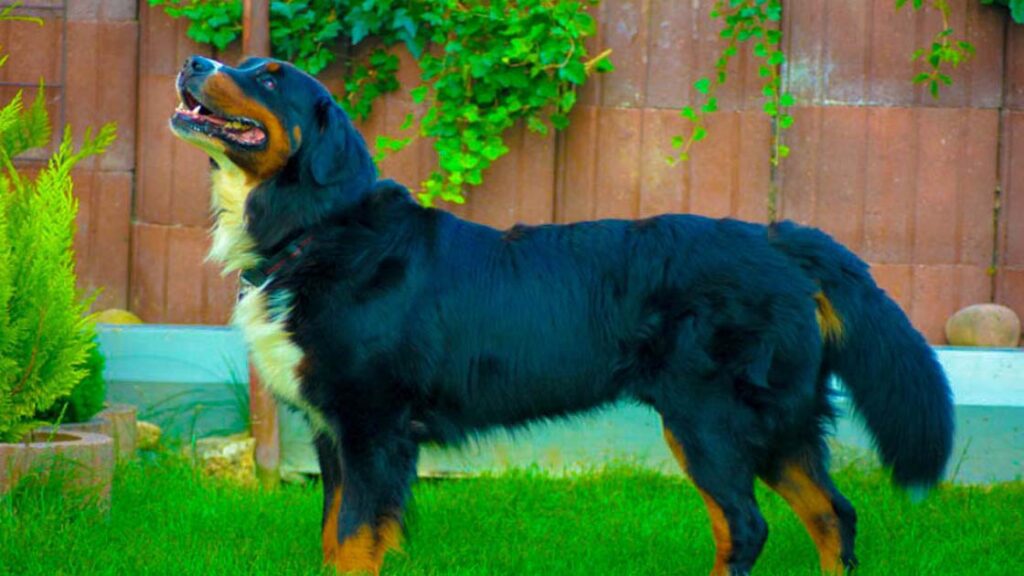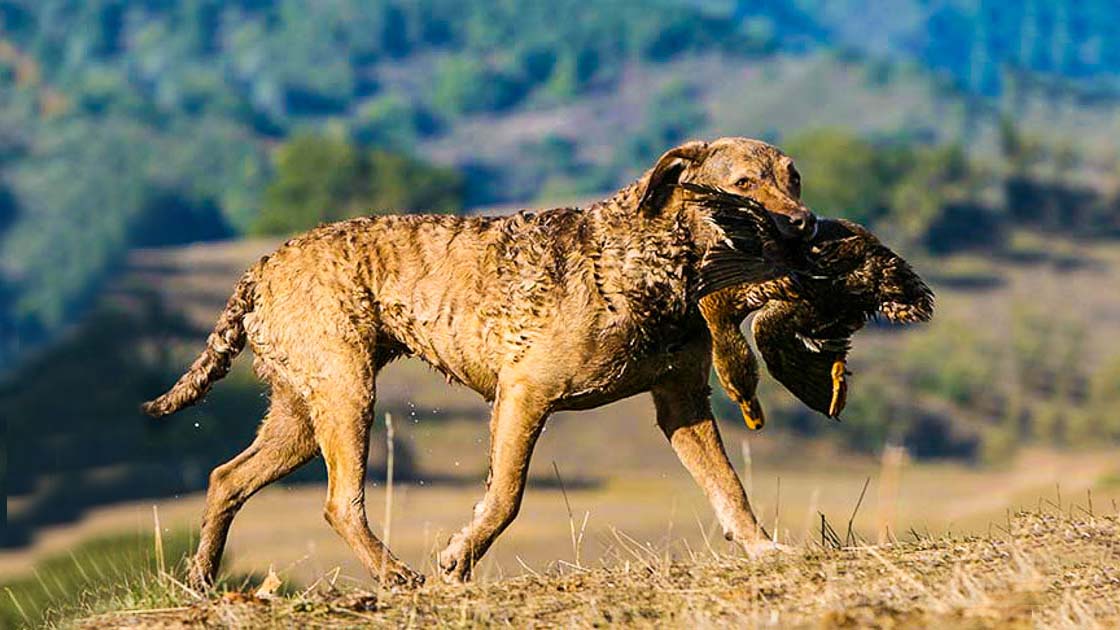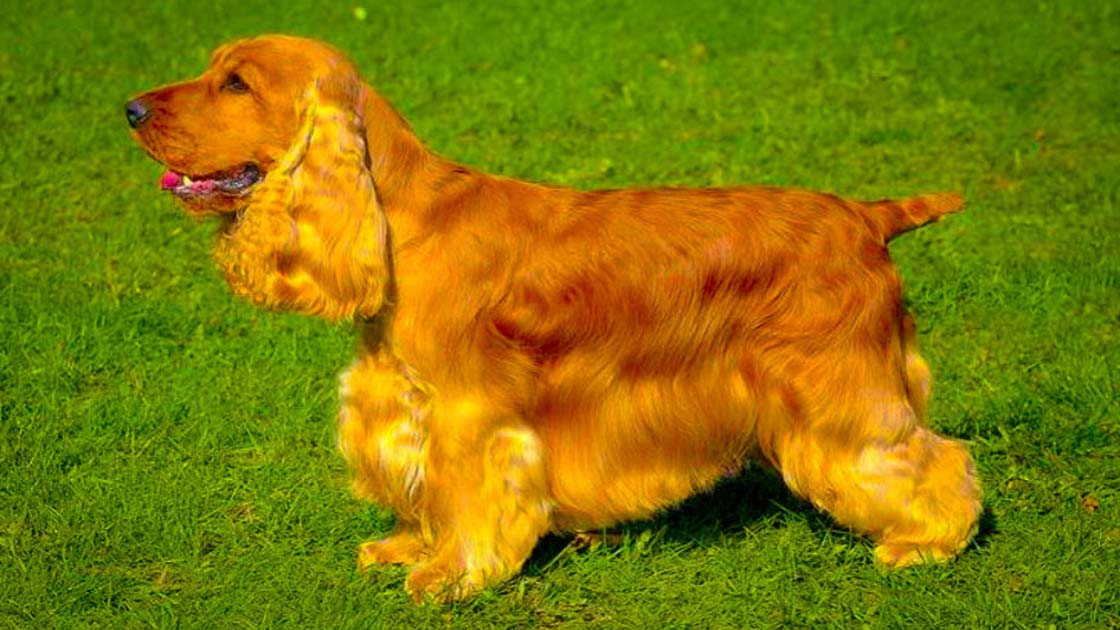Bernese Mountain Dog
Origin: Switzerland
Popularity Rank: 22 Since 2020
Life Span: Bernese mountain dog lifespan is 7-10 years
Color: Bernese mountain dogs are tricolor (black, rust, and white) in color.
Size: Bernese Mountain is medium in size
Height: The Bernese mountain height of Male dog is 24-28 inches (61–71 cm) and the Female dog is 23-27 inches (58–69 cm).
Breed Group: Bernese mountain dog belongs to the working group.
Bernese mountain Price: Its price ranges are from $1500 – $3000 USD.
Weight: The Bernese mountain weight of the Male and the Female dog breed is 70 and 115 Ib.
Bernese Mountain History
Bernese Mountain dog is also called Berner Sennenhund, Bouvier Bemois, or Durrbachler. These dogs are farm dogs. Large Sennenhunde is used as draught animals, pulling a cart. The Bernese mountain dog is sometimes known as a farm or utility dog. Thousands of years ago, Roman soldiers introduced their forefathers to Switzerland.
This breed fell out of favor in the 18th century, but Swiss breeders brought it back with the help of Professor Albert Heim, a Swiss geologist. Additionally, they served as the farmers’ companions and were utilized to watch over the farm and drive dairy animals.
By the end of the 19th century, Switzerland had imported a large number of different working dogs, which caused the Bernese population to decline as workers started using other breeds of dogs instead. A handful of individuals, including Franz Schertenleib and Professor Albert Heim, worked to preserve the breed. In order to stabilize the Bernese, they searched the area for any additional dogs that might be there.
The breed still enjoys whatever draught labor you can give them now and makes a lovely companion. Tracking, herding, watch, guarding, search and rescue, carting, and competitive obedience are among the breed’s skills.
Moreover, the first two Berners were imported to America by a Kansas farmer in 1926, which boosted their notoriety. In 1937, the AKC received its initial registration of this dog. The breed’s skills include tracking, herding, watching, guarding, search and rescue, carting, and competitive obedience.
Bernese Mountain Qualities
The Bernese mountain dog is higher as Compared to other canines. At the withers, they can stand 58 to 70 cm tall. They are not contentious, anxious, or overly bashful but rather “good-natured,” “self-assured,” “placid towards strangers,” and “docile.” They only attack when necessary (their owner is getting attacked). Individual dogs’ temperaments may vary.
Furthermore, they are socialized as puppies and continue to receive regular training and exercises. They are intruders and stray dogs. Berners dogs are simple to recognize because of their distinctive appearance and tri-colored coat. They are powerful, sharp-witted, and nimble dogs initially designed for working in the mountainous area they are from.
In addition, the Bernese Mountain Dog has a number of outstanding characteristics. They have a confident air about them because to their powerful physique and stunning features. These dogs exhibit love and commitment for their family and a constant desire to please. Their intelligence enables quick learning and situational flexibility.
The calm and tolerant temperament of Bernese Mountain Dogs makes them wonderful companions, especially for kids. They are renowned for having extraordinary strength and stamina, which makes them ideally suited for jobs like drafting or herding. Bernese Mountain Dogs forge enduring relationships and offer delight to whatever home they live in thanks to their calm nature and outgoing personality.
Bernese Mountain Body
These dogs are tri-colored, with black for the body, legs, neck, head, and ears; tan for the cheeks, stockings, and eyespots; and white for the blaze between the eyes, nose, chest, and tail tip. Similarly, the Bernese mountain dogs are extended with a complete and comprehensive back. This dog’s head is flat on top with a moderate stop, and its ears are medium-sized, triangular, placed high, and rounded on the top.
In addition, the bite resembles the blades of scissors. The tip of the medium-sized, triangular ears, which are positioned high, is rounded. Solid and straight legs. The thick tail is worn low. The broad head has a moderate stop and a flat top. A powerful and straight muzzle is present.
Coat
The texture of this dog’s coat is slightly rough silky, and long, but it is not harsh. The undercoat is reasonably dense and very weather and dirt resistant.
Tricolor Pattern: The coat has a tricolor pattern, with a base color that is primarily black, rich rust patterns on the cheeks, legs, and eyebrows, and white markings on the chest, paws, and nose. Moreover, the coat hue of the dog breed is black, white, and brown.
Double Coat: A dense, thick undercoat and a longer outside coat make up the Dog’s double coat.
Length and Texture: The undercoat is dense and soft to act as insulation, while the outer coat is somewhat long and straight.
Well-Defined Markings: The dog’s face is covered in rust markings that form a distinctive “Bernese” pattern, including clear cheek patches and eyebrows.
Feathering: The legs of Bernese Mountain Dogs are feathered, giving them a graceful and fluffy appearance.
Moderate shedding: Although not regarded as a major shedder, these Dogs do shed on occasion. In order to maintain a healthy coat and control shedding, regular grooming and brushing are important.
Bernese Mountain Health Issues
Owners of Bernese Mountain Dogs should be aware of the ailments that might affect these dogs. Hip dysplasia, a degenerative joint disease that can lead to discomfort and movement problems, is one such disorder. Elbow dysplasia is another common issue that affects the elbow joint and can cause lameness. Mast cell tumors and histiocytic sarcoma are two cancers that these Dogs are also susceptible to getting.
Moreover, they might have bloat, a potentially fatal disease in which the stomach twists around on itself. Other health conditions include mitral valve disease, hypothyroidism, progressive retinal atrophy, von Willebrand’s disease, a bleeding disorder, and von Willebrand’s disease.
Furthermore, Bernese Mountain Dogs are prone to certain illnesses and medical issues like many dog breeds. The following conditions frequently afflict these dogs: Heredity diseases, inbreeding depression, and cancer like malignant histiocytosis, mastocytoma, osteosarcoma, eye problems, mast cell tumors, kidney problems, and finally, osteoarthritis are common diseases in the these dogs.
Treatment
Training and Socialization: Good behavior is fostered through obedience training and socialization, assuring the dog’s safety and welfare in a variety of circumstances.
Monitoring Joint Health: Because of their propensity for joint problems, monitoring and managing joint health—including the right exercise and weight management—can help prevent or treat disorders like hip dysplasia.
Early Detection and Treatment: Early treatment and better results for Bernese Mountain Dogs are possible with prompt diagnosis of any signs or symptoms of disease or discomfort.
For More Details Contact Us [icon name=”square-phone” prefix=”fas”]







